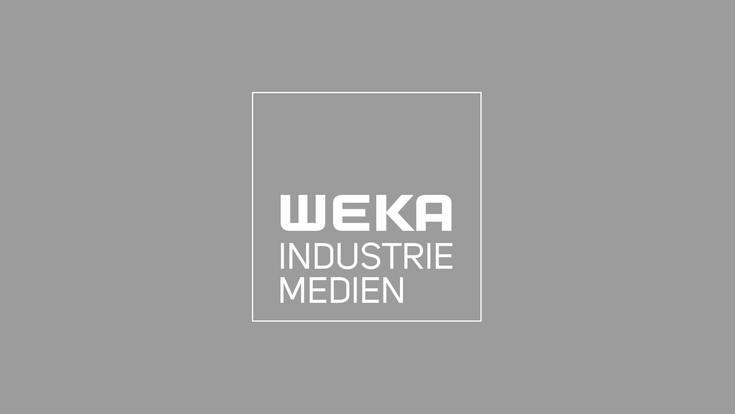Wastewater : Kenya: Multi-stakeholder team to clean up Nairobi river basin

Considered the second longest river in Kenya, it acts as the main water supply to the Thwake dam located on its banks. Said dam provides 1,3 million residents with drinking water, the quality of which has been compromised due to heavy metal pollution.
A recent report by Auditor General Nancy Gathungu, which highlighted the rivers water contamination levels served as a wakeup call to the government. She expressed concern over the fact that the facility had failed to ensure that water draining into the dam is fit for consumption.
The Athi river’s main tributary is the Nairobi river. Metal pollution levels have been consistently high at said river for the past 75 years, as studies have shown. Governmental authorities have acknowledged that 2475 tonnes of waste are produced throughout the capital city Nairobi, which directly feeds into the river.
Nema recently inspected the main perpetrators of this pollution hazard. Namely, these are 142 illegal waste discharge points, 42 industrial facilities and 75 illegal structures built along the river that have been marked for demolition.
The roots of the problem are manifold, ranging from the lack of a proper solid waste management as well as sanitation system in Nairobi to lax waste legislation, factors which allowed both residents as well actors from the manufacturing industry to dump untreated waste into the river Athi.
To tackle the wastewater problem, Nema has launched a multi-step campaign involving various actors.
Nairobi Metropolitan Services will deal with all issues regarding solid waste management while the Water Resources Authority will test overall water quality. Athi Water Works will be tasked with improving sewage infrastructure while the Nairobi City Water and Sewerage Company will be responsible for the upkeep and maintenance of the existing Nairobi sewage system. Last but not least, the Tana and Athi River Development Authority will serve to protect catchment areas from degradation, siltation and encroachment.
On Thursday, Nema Director-General Mamo Boru confirmed that the clean-up had already begun and would conclude in 90 days.
“We want to assure citizens that water that will be getting to Thwake Dam will be spotlessly clean once we are through in the next three months”, he said.
In 2019, the 42 facilities operating on the banks of the river Athi were issued with closure notices but were granted a grace period in concession of the disruption caused by the outbreak of the global pandemic.
Since then, the Nema police unit and 22 environmental inspectors have visited 12 of these sites and issued improvement orders to the relevant parties. Manufacturers who since then did not invest in effluent treatment plants will now be systematically shut down.
The Athi river is considered one of the most polluted rivers in Kenya. It contains high concentrations of methane and hydrogen sulphide as well as high levels of bacteria which lead to water born diseases such as typhoid, cholera and dysentery. The draining of raw sewage, the flow of runoff water from agricultural land containing pesticides as well as the cleaning of motor bikes on the riverbank all contribute to this state of affairs.
